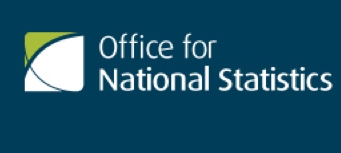
A new report into workplace pensions has shown the largest increase in membership since 2013 was among 22-29 year-olds, with a rise of 17%.
The Office for National Statistics reported that increases in pension membership have been seen in all age groups since 2013, following the introduction of auto-enrolment.
Its 2014 Annual Survey of Hours and Earnings stated the increases were driven by rises in occupational defined contribution and group personal and group stakeholder pension schemes.
Increases were also seen in the age group 16-21 – which is not directly affected by the workplace pension reforms.
However, the stats showed membership in the 16-21 age group was particularly low at 12%.
Employees under 30 were less likely to be members of a workplace pension scheme than employees in all other age groups, except 65 and over, the ONS study stated.
Membership fell in the age groups around state pension age because many employees in these age groups were likely to be no longer contributing to pensions, officials said.
For full-time employees in the public sector, 92% of male and 91% of female employees had a workplace pension.
In the private sector, the proportion of male employees with a workplace pension was 59%, compared with 57% for female employees.
For part-time employees the gap between males and females was greater, with a higher proportion of women belonging to a workplace pension in both sectors.
In the public sector 79% of part-time women employees were members compared with 65% of part-time men.
In the private sector 27% of part-time female employees were members compared with 22% of part-time male employees.
The report also looked at the proportion of full-time employees with a pension by sector and gross weekly earnings band.
The report said: "There is a strong relationship between earnings and workplace pension scheme membership. This is particularly true in the private sector, where full-time employees with earnings of £600 per week and over are three times more likely to be members of a workplace pension scheme than those earning less than £100 per week.
"Some 61% of employees in the public sector and 17% in the private sector contributed 6% or more of pensionable earnings; 2% of employees in the public sector and 10% in the private sector did not contribute to their pension (zero contributions)."
The research showed in 2013, 14% of private sector employees did not contribute to their workplace pension.
In the private sector, 33% of employees with workplace pensions made contributions of greater than zero but under 2%, compared with 11% in 2013.
The report added: "The increase in the proportion of employees in this contribution band is likely to be driven by employees who have been automatically enrolled into their workplace pension scheme."

